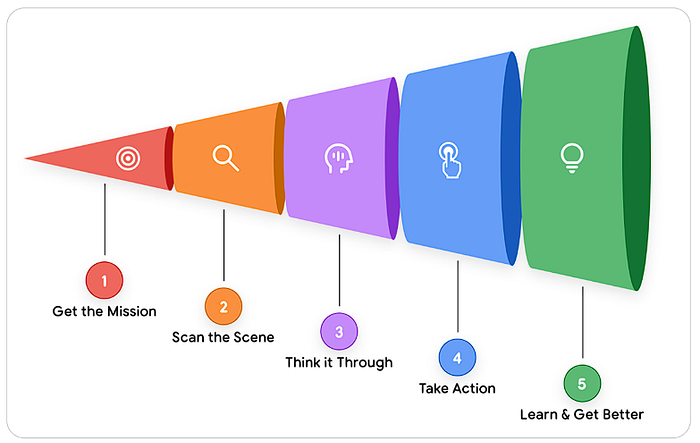Introduction to SIMA 2
The researchers claim that SIMA 2 can carry out a range of more complex tasks inside virtual worlds, figure out how to solve certain challenges by itself, and chat with its users. It can also improve itself by tackling harder tasks multiple times and learning through trial and error.
How SIMA 2 Works
Games have been a driving force behind agent research for quite a while. Even a simple action in a game, such as lighting a lantern, can involve multiple steps: “It’s a really complex set of tasks you need to solve to progress,” said Joe Marino, a research scientist at Google DeepMind. The ultimate aim is to develop next-generation agents that are able to follow instructions and carry out open-ended tasks inside more complex environments than a web browser.
Training SIMA 2
Unlike previous work on game-playing agents such as AlphaZero, which beat a Go grandmaster in 2016, or AlphaStar, which beat 99.8% of ranked human competition players at the video game StarCraft 2 in 2019, the idea behind SIMA is to train an agent to play an open-ended game without preset goals. Instead, the agent learns to carry out instructions given to it by people. Humans control SIMA 2 via text chat, by talking to it out loud, or by drawing on the game’s screen.
Key Features of SIMA 2
The agent takes in a video game’s pixels frame by frame and figures out what actions it needs to take to carry out its tasks. Like its predecessor, SIMA 2 was trained on footage of humans playing eight commercial video games, including No Man’s Sky and Goat Simulator 3, as well as three virtual worlds created by the company. The agent learned to match keyboard and mouse inputs to actions.
Real-World Applications
In the long run, Google DeepMind wants to use such agents to drive real-world robots. Marino claimed that the skills SIMA 2 has learned, such as navigating an environment, using tools, and collaborating with humans to solve problems, are essential building blocks for future robot companions. Google DeepMind tested the agent inside environments it had never seen before. In one set of experiments, researchers asked Genie 3, the latest version of the firm’s world model, to produce environments from scratch and dropped SIMA 2 into them. They found that the agent was able to navigate and carry out instructions there.
Conclusion
SIMA 2 is a significant advancement in the field of artificial intelligence, demonstrating the ability to learn and adapt in complex virtual environments. Its potential applications in real-world robotics and problem-solving make it an exciting development in the field of AI research.
FAQs
Q: What is SIMA 2?
A: SIMA 2 is an artificial intelligence agent developed by Google DeepMind that can carry out complex tasks inside virtual worlds and learn from its experiences.
Q: How does SIMA 2 learn?
A: SIMA 2 learns by trial and error, improving itself by tackling harder tasks multiple times and learning from its mistakes.
Q: What are the potential applications of SIMA 2?
A: The potential applications of SIMA 2 include driving real-world robots and assisting humans in problem-solving tasks.
Q: How is SIMA 2 controlled?
A: SIMA 2 can be controlled via text chat, voice commands, or by drawing on the game’s screen.
Q: What games was SIMA 2 trained on?
A: SIMA 2 was trained on footage of humans playing eight commercial video games, including No Man’s Sky and Goat Simulator 3, as well as three virtual worlds created by Google DeepMind.











